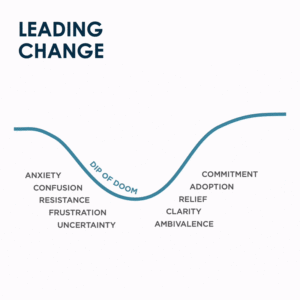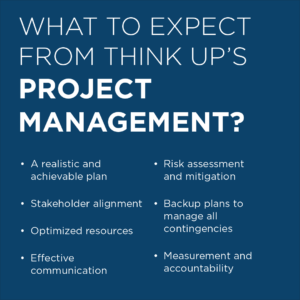Talent activation and finding ways to boost performance and motivate a team are some of the toughest challenges organizations and leaders face. In the words of late management consultant and contributor to much of modern business philosophy, Peter Drucker, “The only real difference between one organization and another is the performance of its people.” While it may seem natural to immediately look for gaps and areas for improvement across an organization, the surprising key to maximizing team member performance is not rooted in perfecting weaknesses. Instead, it’s about encouraging team members to identify and lean into their strengths.
WHY LEANING INTO STRENGTHS WORKS
Successful talent activation starts with the team member and their specific experience and skills. A study from Gallup found that focusing development efforts on weaknesses led to a negative team member experience, lower engagement, and less-than-stellar performance improvements. The same study found that strengths-based development created more engaged, confident, productive, and self-aware team members—all of which have a tremendous impact on the health of an organization, including its bottom line. Essentially, team members feel more psychological safety when their leaders focus on developing their strengths rather than improving their weaknesses, leading to much better outcomes for everyone involved.
Creating that sense of safety is vital for performance because it plays into the way our brains work. When we don’t feel safe, our brain triggers our flight, fight, or freeze response. While focusing on developing our weaknesses is not a life-threatening event, our brains remember negative experiences and try to help us avoid them. Leaning into our strengths, however, can trigger a reward response from our brain, which pushes us to pursue those tasks because of the positive associations our brains have with them. In short: we are biologically wired to utilize our strengths.
There is also the fact that everyone has a finite level of energy. A constant focus on developing weaknesses leads to lower engagement and drains team members more quickly. Even using our most developed strengths—while it may come more naturally—taps into that well. If we have negative associations with something, like a task we don’t enjoy, or a piece of critical feedback that’s etched into our memories, we are also more likely to procrastinate or avoid that situation altogether, creating even more stress that can squash our energy levels.
WHAT WE’RE NOT SAYING
While leaning into strengths creates meaningful results, critical feedback and discussing areas for improvement are still necessary; research shows that it’s important to strike the right balance. Sometimes, this looks more like managing rather than perfecting weaknesses. For example, some tasks won’t always align with a team member’s strengths but are still necessary from a business perspective. Those tasks still need to be done even if they may not be something anyone on your team particularly enjoys. When team members are required to do a task that doesn’t fall within their area of expertise, leaders can help them utilize their strengths to manage their weaknesses and find the right solution.
Empowering team members to use their talents boosts performance at both the individual and organizational levels. As you seek to activate and boost your team’s performance, consider first what their strengths are and help them lean into them, rather than concentrating on areas of improvement alone.



